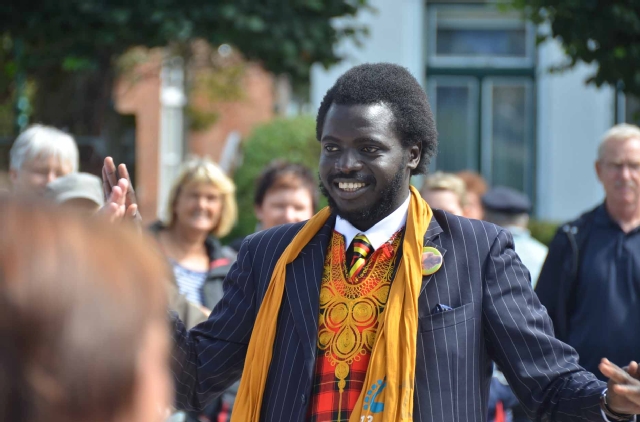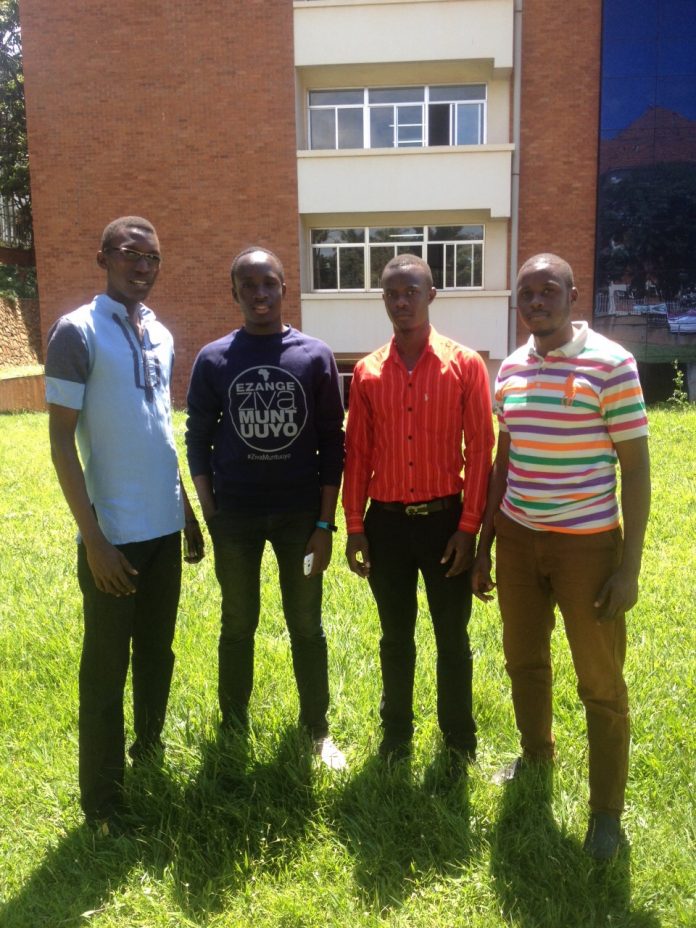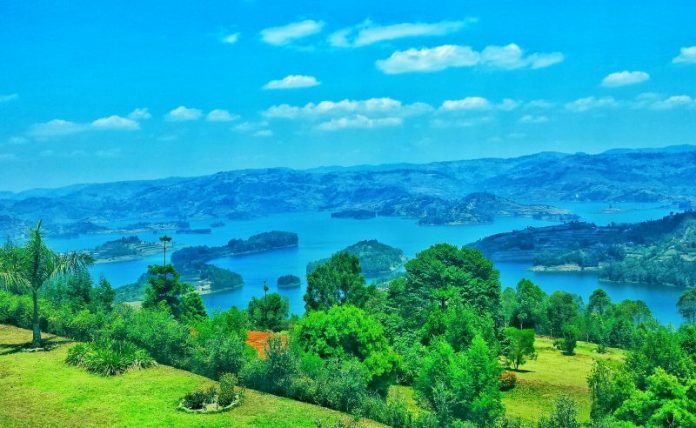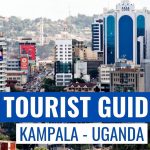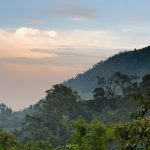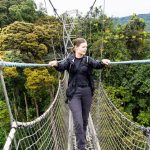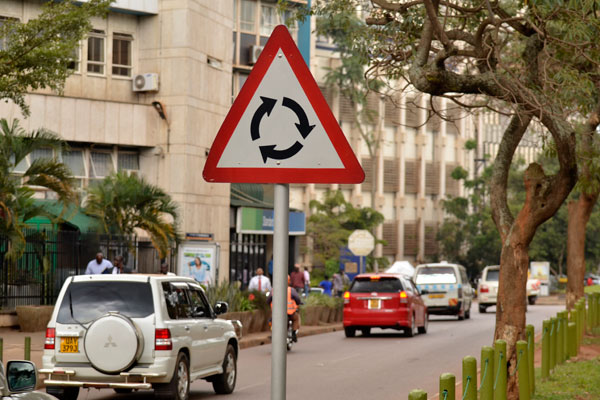The creativity at this festival will stun you. The Bayimba International Festival 2015 is here, it is the largest arts festival that showcases amazing African art. For eight years now, Bayimba has created a space where people can freely express themselves using art. This space sees how every artist can fit in the art puzzle. They started and decided to be multi-disciplinary because they wanted to be open to new ideas, art forms, new exploration a thing that makes every area inclusive – street theater, visual arts, film, fashion, music is the most vibrant and the theater itself. This is Uganda talked to the Bayimba team.
“We have seen the transformation of the artists, the art itself, lots of collaborations and exchanges that excite us amidst other spin-offs that have come out. For instance, young artists have started creating new stuff and new festivals meaning that there is a market and need which wasn’t there before Bayimba.
This year, we are not highlighting any specific artist but will program cross-cutting kinds of performances and productions that we feel like everyone who comes to the festival will find something they like. So we are multi-disciplinary so it is very difficult for us to say the headline artists because we believe that every artist selected for the festival is really special and they deserve to be part of the entire program.
But there are some special artists like Madoxx Ssematimba because last year he performed late and some people didn’t get a chance to see him perform so we chose him to open the festival this year. We brought in also Sheebah for the fact that most people think National Theater is a place for old people so bringing in young artists like Sheebah, Radio, and Weasel can bring in young audiences.
This year, we have lots kadongo Kamu artists programmed to bring on aboard those oldies because who we realized are 12% of our following is between the age of 65 years and above and we cannot afford to leave them behind.
We have also included a lot this year for example audience activities where we want audiences to be part of the festival not to come and just be entertained. We have sessions where audiences will come and take photos with the artists in a frame and then they tell a story of how they interpret that frame which is a way to create conversation and dialogue in a way that we don’t only tell people what they should hear but they can also tell us what they think in general.
We do also have a lot of conferences and symposiums on photography, animation, art, media.
Madox-Moments-3
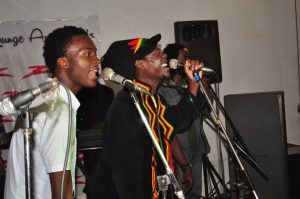 Legendary reggae artist Madoxx Ssematimba (middle) , will be the key artist at the #Bayimba2015. (Photo: Bayimba)
Legendary reggae artist Madoxx Ssematimba (middle) , will be the key artist at the #Bayimba2015. (Photo: Bayimba)
How did the Bayimba festival start?
When it started, it was just a thought that evolved. We were interested in exploring new art forms, new media, engagements and collaborations which is why most of our productions, 60% of the program is commissioned works whether it is on the main stage, auditorium, around the space because we don’t want people to see things they see every day and we try to push the artists to think beyond what they can present yesterday or today but to think for the future and that also gives a better understanding of the audience to start questioning themselves what is the future, past and present. This kind of ideology around the art, the space, and the artist is the question we want people to start asking themselves.
We want artists to enjoy, we don’t want to be bothered by troubles of thinking beyond what they can imagine and at the same time, there are those who take time to look at things from a critical point of view and question themselves so the idea of the program now, is to see how we create this dialogue amongst the artist and the audience plus the art itself because when you present new art forms, you are trying to create awareness.
A-generation-of-artisans-at-Bayimba-International-Festival-of-the-Arts
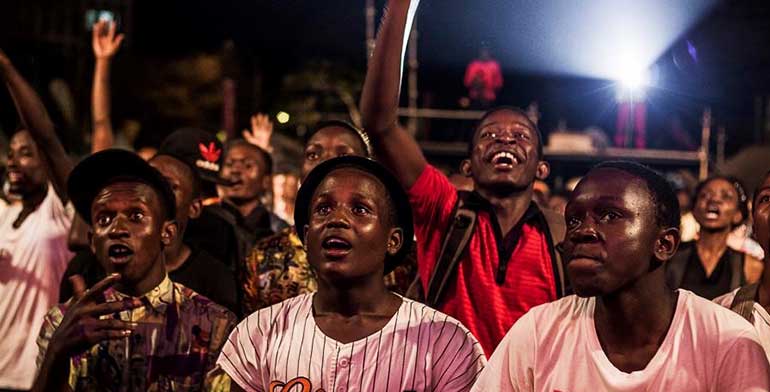 What challenges have you faced in your 8 year Journey?
What challenges have you faced in your 8 year Journey?
It was a challenging and humble beginning in a way that it gave us everything in one bit because the first festival was bad in terms of attendance. This gave us an understanding that the kind of art we presented in the first event was not familiar to the people. They didn’t understand what a festival is, what contemporary dance is, street theater, and these things we needed time to educate the audience and the artists as well what is street theater. We had I think in 2010 we organized a street theater workshop for one month and most of the artists who were there they thought they knew street theater but they realized it was a whole different ball game and even in fashion, we introduced street fashion and we started with Kaz Wear (Ras Kasozi) who was also not sure but now he is showcasing at New York Fashion Week, London Fashion Week and it all started in this case.
So this is the way how do we trigger thoughts, creativity, how do we stimulate young people to think beyond what they can do, and over time, they start understanding that these things are possible and can do them on their own.
The Bayimba Foundation vision talks about recognizing the value of culture and arts in the development of a country, how you rate the contribution of the above on Uganda today?
I think it is a very traditional thought when we talk about art and culture in society. It is what we do every day and it is what runs community and everyday life at whatever level so the idea of this thought of being a community good, the question now is how do we transform it into sustainable economic development for those that are practicing it not and not those living in it only. For me, that’s where the difference is.
So the difference is how do we help those practicing arts and culture that contributes to socio-economic development to be able to sustain themselves and for us as an organization we take this very seriously because we know platforms like the festival are one way of showcasing art.
You can imagine how much transaction goes on during this week. You are paying 600 artists, security, sound engineers, logistics, hotels, venue all these things. So, that economic transaction is one way you can look at it.
The platform then offers an opportunity for the economy to inject money in it directly and then you are looking at the artists performing how they come to be on stage, they are trained, established, they have managers, people they are working with, etc so that also gives another sustainable employment and job creation which also includes theater people.
The theater is the most expensive platform to run. We are talking about writers, directors, actors, stage designers, lighting and sound engineers, sound managers you know. All these people are working for one team and that all employment is also there.
So when we are talking about contributing to development, we are not talking about cultures in the definition of it but culture in the broader perspective and we are going deeper into the numbers, the spin-offs, the multiplier effect. When we are looking at the money we spend and how many people come let’s say an exhibitor, they pay UGX 100, 000 to come in but sell items over UGX 3M, that is really income-generating and from that, how is that money used around them so it is that whole economy we are talking about.
Sad enough is that that whole process is not yet recognized within our economic circles and policies because the government has not deeply looked into it even though they are aware of it and have not supported it.
What we can do as a festival is to help build this foundation whereby artists understand that they do not only need to perform but also make money out of it commercially. They don’t need to be on stage with only CDs but with a band which is a whole lot of employment and by the time they begin asking about how they can contribute to the country, then that’s the next step.
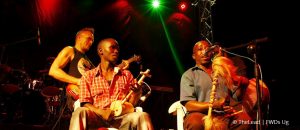 bayimba
bayimba


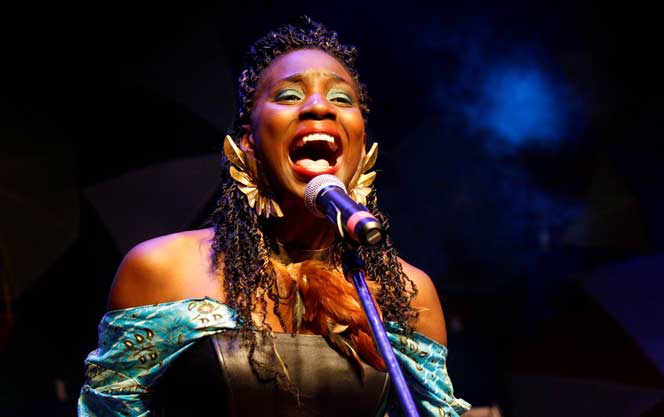
 Legendary reggae artist Madoxx Ssematimba (middle) , will be the key artist at the #Bayimba2015. (Photo: Bayimba)
Legendary reggae artist Madoxx Ssematimba (middle) , will be the key artist at the #Bayimba2015. (Photo: Bayimba) What challenges have you faced in your 8 year Journey?
What challenges have you faced in your 8 year Journey? bayimba
bayimba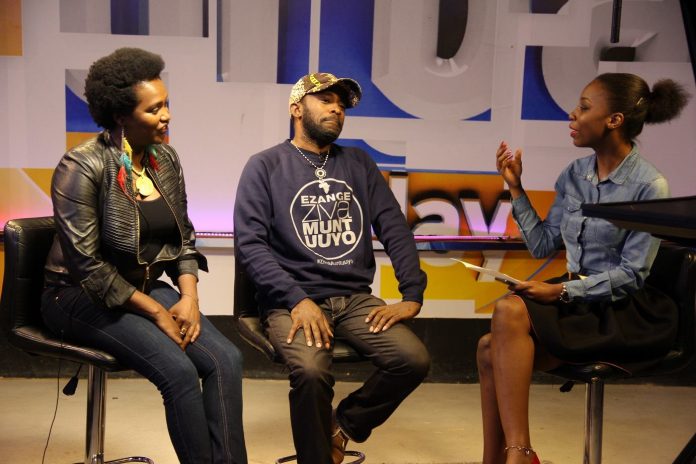
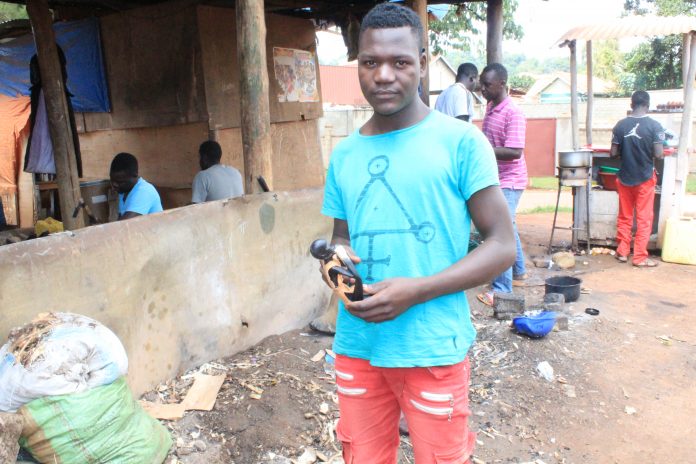
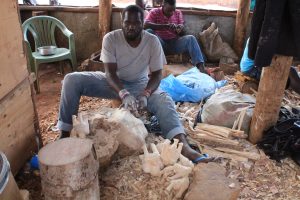

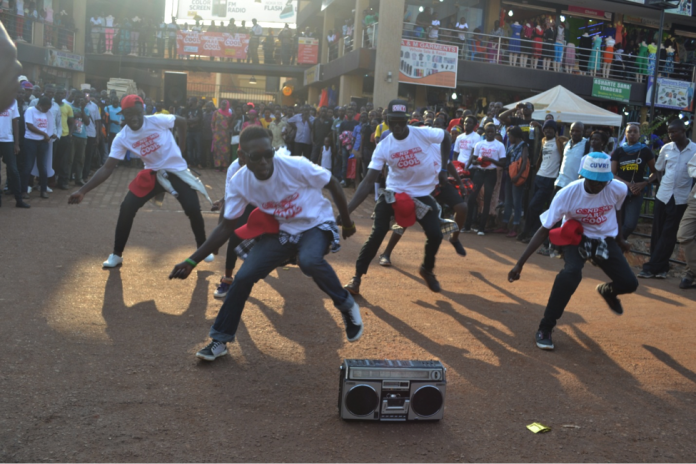
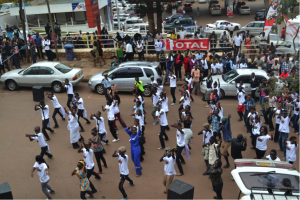 He has been selected to be part of the Women Deliver’s Young Leaders Program 2015 and attending the Women Deliver Conference in 2016. Women Deliver seeks to harness the untapped potential and passion of young leaders. Women Deliver works to develop the skills of young advocates in developing countries through our workshops, online learning communities, scholarships to key events, and high-level networking opportunities.
He has been selected to be part of the Women Deliver’s Young Leaders Program 2015 and attending the Women Deliver Conference in 2016. Women Deliver seeks to harness the untapped potential and passion of young leaders. Women Deliver works to develop the skills of young advocates in developing countries through our workshops, online learning communities, scholarships to key events, and high-level networking opportunities.
